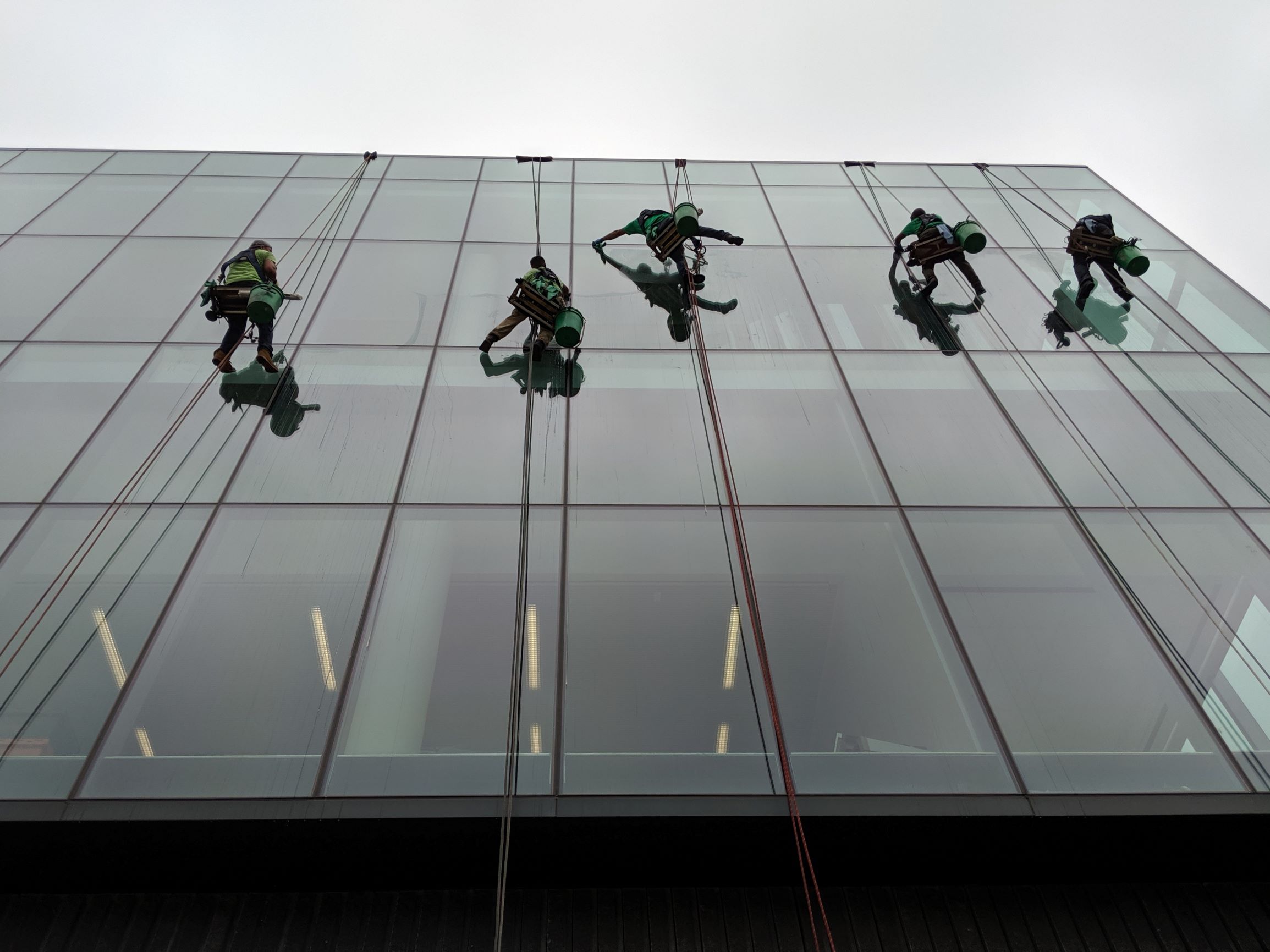This was a thrilling week at Temple University Libraries, as many of the staff moved into their new office spaces at Charles Library. The windows provide an abundance of natural light throughout the building – at last we have escaped our cinderblock bunker-like offices.
This week also saw the distribution to staff of the self-study Envisioning the Future (see August 12 email to libstaff). It’s another way of shedding light, as the research team asked staff to anticipate how the new spaces will impact their work, particularly with users and with colleagues. The research project was part of an ARL initiative for assessment, and their prompt question for our research was this one: (How) do library spaces facilitate innovative research, creative thinking and problem solving?
We wanted to look at the question from the perspective of the staff. If new library spaces facilitate innovation, staff must be supported in helping users to be innovative. What are the best practices for supporting staff as they help users in new ways? Here at the Charles, we will be introducing to campus a whole new way of accessing and discovering our collections, new ways of using technologies for research and instruction, and new ways of providing services. The space is part of the infrastructure, of course, but the people will be what makes it all work.
In the course of 29 interviews with staff at all levels of the organization, we asked,
- “How do you anticipate your work with users changing?”
- “What do you think the opportunities and challenges will be?”
- “How might your work with colleagues change?”
We also asked about the ways in which we were preparing for the changes, and how we felt best supported in making those preparations.
What did we learn? At the time of the interviews, staff concerns centered most about the loss of private offices and the convenience for small meetings and consultations those provided. But they acknowledged that private offices can create isolation from colleagues, and a lack of visibility to students. The new spaces will provide far more opportunities for interacting with colleagues in informal settings. Another potential cost will be the shared spaces that are noisy and full of distractions. Yet for many staff members, these have always been part of their work environment. And they appreciate the collegiality and fun that can develop in these environments.
Communication is key as staff prepare for changes. While most recognize that information may not be available, even at the highest levels, and is always subject to change, many cited the “Ask Me Anything” (AMA) sessions as one of the most useful approaches for sharing information with staff. The regular reminders (and incentives) for purging offices of paper were important as well.
In the months prior to the move, the anxiety level of many staff was pretty high. That needs to be acknowledged and allowed to be discussed in safe ways. But only a few staff took advantage of the change management workshops sponsored by peer groups, which was interesting. Many staff also look forward to more conversations about norms in shared office spaces. Now that we are actually in the space, we’ll have more opportunity to know what those issues will be.
A big thank you to the research team. (Olivia Given Castello, Rachel Cox, Jessica Martin, Urooj Nizami, Jenny Pierce, Jackie Sipes, Caitlin Shanley, Stephanie Roth)Envisioning our Future is just the first step in a longer-term project to look at how staff work in the building. Will the Charles Library shape our organizational culture? Will it inspire staff to be more creative and innovative, as it is designed to support those behaviors for our patrons? And how can we best engage staff in helping to shape that future? This kind of qualitative research is time consuming and messy. But we come away with a much richer picture of the organization at this very exciting and unique point in the libraries’ development. And perhaps, with a clearer view of the best way forward.

